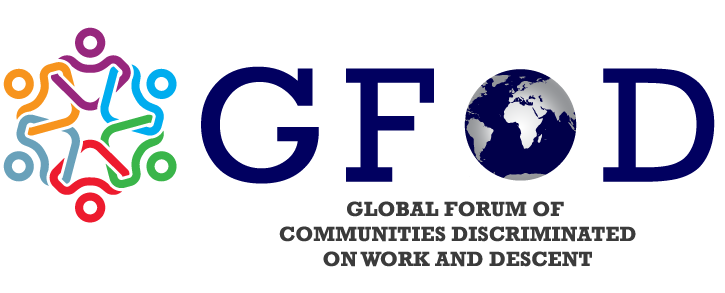SDG Goal 2 – Zero Hunger

Communities Discriminated on Work and Descent (CDWD) are a global phenomenon that affects more than 260 million people who face caste-based discrimination and exclusion. They are often subjected to slavery, violence, poverty, and denial of basic rights. CDWD are largely invisible in the Sustainable Development Goals (SDGs) and their implementation. To achieve Sustainable Development Goal 1 of ending hunger and achieving food security, it is essential to address the specific needs and challenges of CDWD, who are among the most vulnerable and marginalized groups in terms of access to land, resources, markets, and social protection.
Extreme poverty and hunger are predominantly rural, with smallholder farmers and their families making up a very significant proportion of the poor and hungry.
Take the case of Nepal. The Himalayan country’s Constitution recognises the right to health as a fundamental right, of which nutritious food is a major element. Acknowledging the food deficiency existing in hill and mountain areas, the government also admits that the access of Dalit communities to land is very low. About half of the former Himalayan kingdom’s Dalits are landless, or at best, marginalised farmers owning less than 0.4 hectares of land. Their vulnerable economic and social status has not been compensated by any government policy.
Dalits have a history of being discriminated on the basis of the menial work that has been assigned to them through generations – mostly work considered as impure by the more powerful Hindu upper castes who have made virtue of such discrimination of the Dalits.
Beyond adequate calories intake, proper nutrition has other dimensions that deserve attention, including micronutrient availability and healthy diets. Inadequate micronutrient intake of mothers and infants can have long-term developmental impacts.
The prevalence of stunting is higher among children from India’s scheduled castes, as Dalits in India are referred to, according to a joint study by the Ashoka University’s Center for Economic Data and Analysis and the University of Heidelberg.

